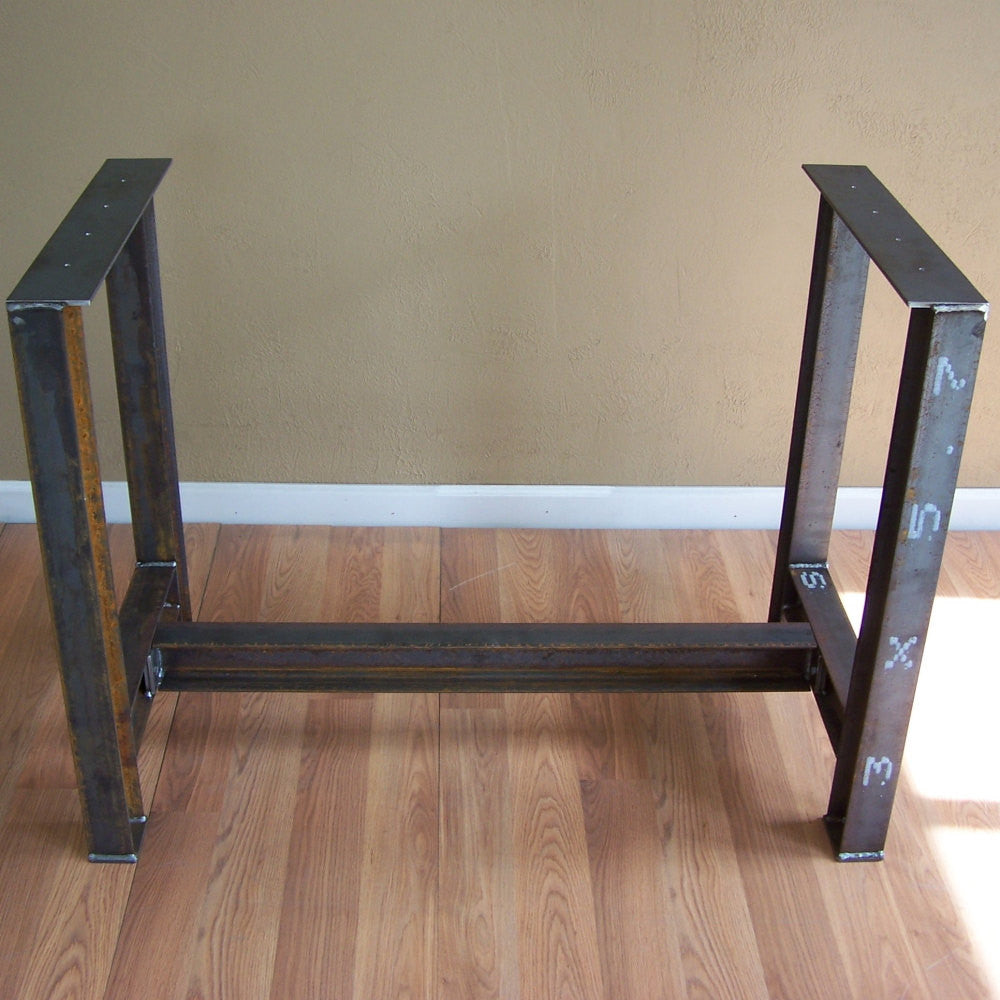Necessary Aspects to Think About When Choosing Legs For Kitchen Island
Picking the suitable legs for a cooking area island includes a mindful assessment of several factors that can substantially affect both performance and visual appeal. As we check out these components, it becomes clear that each decision can have far-ranging implications for the general cooking area experience.
Material Options
When choosing legs for a cooking area island, understanding the different product alternatives is important for accomplishing both visual appeal and structural stability (Legs For Kitchen Island). The selection of product significantly influences not just the longevity of the island but likewise its total layout and functionality
Wood is a prominent selection, offering warmth and flexibility. Strong woods, such as oak or maple, provide strength and can be discolored or painted to match the cooking area style. Steel legs, frequently made from stainless steel or wrought iron, add a industrial and modern feel while making sure longevity and security. These materials are immune to wear and can sustain substantial weight, making them optimal for bigger islands.
One more option is crafted products, like MDF or plywood, which can be a lot more economical while still providing a range of finishes. They may not provide the very same degree of stability as strong timber or metal. Legs For Kitchen Island. Lastly, products such as acrylic or glass can produce a contemporary appearance, though they may require added support to ensure security.
Inevitably, the choice of product for kitchen area island legs ought to straighten with the preferred functionality and the total style of the kitchen.
Design And Style

When taking into consideration style, the form and coating of the legs are vital. Conical legs can supply a feeling of agility and beauty, while thicker, more robust legs can communicate strength and stability. Furthermore, the coating-- be it repainted, stained, or all-natural-- ought to match the kitchen cabinetry and counter top materials to produce a unified appearance.
In addition, the style of the legs can additionally mirror individual preference. Custom or decorative legs, such as those featuring elaborate carvings or distinct geometric shapes, can serve as focal points, including personality and individuality to the cooking area. Inevitably, the ideal option will not only boost capability however also elevate the visual charm, making the kitchen island a standout attribute of the home.
Elevation Considerations
Choosing the appropriate elevation for kitchen area island legs is important, as it directly impacts both capability and comfort. The basic height for a cooking area island normally ranges from 36 to 42 inches, straightening with typical countertop elevations.

It is likewise important to make up individuals' elevations and preferences. Tailoring the height can ensure a comfy experience for all relative, making the kitchen island a much more enjoyable and useful space.
Weight Assistance
Guaranteeing ample weight support for cooking area island legs is vital for both safety and security and functionality. The kitchen area island often serves multiple functions, consisting of cooking, dining, and added storage space, necessitating a durable assistance framework. When selecting legs, it is vital to consider the overall weight capability called for based on the island's intended use and the products that will certainly be positioned on it.
The choice of material for the legs plays a substantial duty in Visit Website their weight-bearing capacities. Strong wood, metal, and heavy-duty composites normally give superior stamina compared to lighter materials. Furthermore, the style of the legs-- whether they are right, tapered, or have a pedestal kind-- can affect their capacity to disperse weight effectively across the structure.
Constantly speak with the producer's specifications pertaining to tons limits to ensure that the legs can maintain the designated weight without compromising safety and security. In summary, selecting cooking area island legs with sufficient weight support is crucial for producing a functional and secure culinary room.
Setup and Maintenance
Appropriate installation and upkeep of kitchen island legs are essential for making sure longevity and security. To start, it is vital to follow the supplier's guidelines throughout installment. This typically involves protecting the legs to the space station using proper bolts, guaranteeing that the legs are degree and aligned. Using a degree device can help stop tottering and enhance the general visual appeal of the kitchen area island.
As soon as installed, regular maintenance is required to maintain the honesty and appearance of the legs - Legs For Kitchen Island. For wooden legs, regular cleansing with a moist cloth and application of ideal timber gloss can protect against dampness damage and preserve their surface. Metal legs may need a gentle cleaning service to eliminate grease and gunk, complied with by a dry fabric to stop corrosion formation
Furthermore, examine the legs routinely for indications of wear or damage, such as fractures or loose joints. Tightening up screws or bolts as required can also lengthen the life expectancy of the legs. By sticking to these setup and upkeep methods, homeowners can make sure that their kitchen island continues to be durable and aesthetically appealing for years ahead.
Conclusion

Visual coherence is vital in picking the design and design of legs for a kitchen area island, as these aspects substantially influence the overall atmosphere of the area. Conical legs can give a feeling of agility and elegance, while thicker, much more robust legs can communicate stamina and security.Picking the ideal elevation for kitchen island legs is essential, as it directly impacts both performance and comfort. In summary, selecting kitchen island legs with sufficient weight support is vital for producing a risk-free and practical culinary space.
In conclusion, selecting legs for a cooking area island demands mindful factor to consider of different elements, including material go now alternatives, design, elevation, weight assistance, and setup.